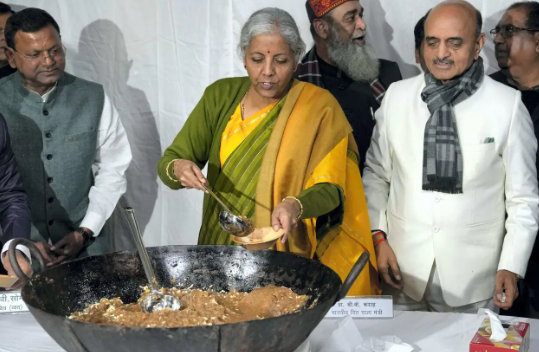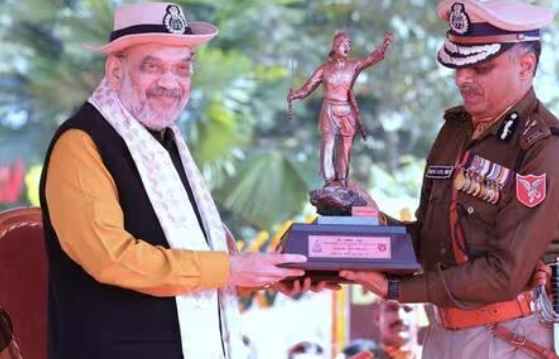
Amit Shah Announces Forceful Border Fencing and Abolition of Free Movement Regime along Indo-Myanmar Border
Amit Shah Announces Comprehensive Border Fencing and Revocation of Free Movement Along Indo-Myanmar Border
India-Myanmar Border Dynamics: A Critical Overview
The extensive 1643-km border shared by India and Myanmar spans four northeastern states: Mizoram, Nagaland, Manipur, and Arunachal Pradesh. This geographical proximity has historically allowed for a Free Movement Regime (FMR), permitting people in border areas to travel up to 16 km within each other’s territories without requiring a visa. However, recent developments indicate a paradigm shift in India’s approach to its eastern border.
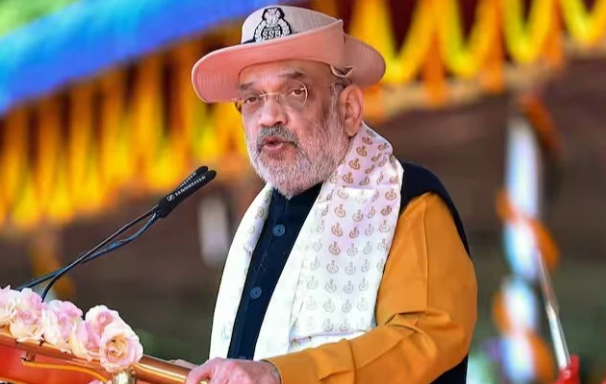
Amit Shah’s Pronouncement: A Strategic Decision
Union Home Minister Amit Shah, during his three-day tour of Meghalaya and Assam, declared a significant policy change regarding the Indo-Myanmar border. Shah announced that the border with Myanmar would be fortified with fencing, akin to the measures taken along the Indo-Bangladesh border. Simultaneously, the existing Free Movement Regime (FMR) between India and Myanmar would be terminated. This directive marks a substantial departure from the prior arrangement, with potential implications for cross-border travel and regional dynamics.
Historical Context and Manipur’s Concerns:
The move to cease the Free Movement Regime (FMR) is not without context. In September of the previous year, Manipur’s Chief Minister N Biren Singh urged the Union government to terminate the FMR along the Indo-Myanmar border, citing concerns related to “illegal immigration.” This call for action hinted at the growing anxieties about border security and potential misuse of the FMR.
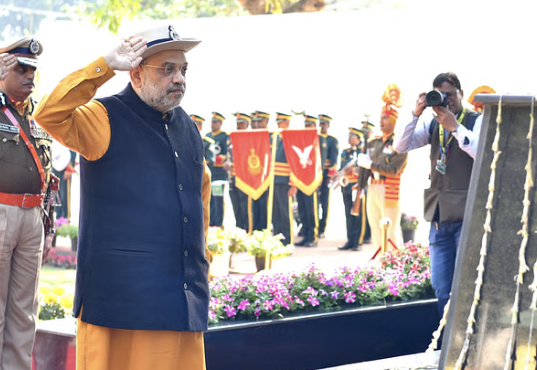
Fencing the Indo-Myanmar Border: A Strategic Decision:
Drawing a parallel with the Indo-Bangladesh border, Shah emphasized the government’s resolve to erect fencing along the entire India-Myanmar border. The rationale behind this move aligns with security imperatives, aiming to enhance control and surveillance along the frontier. The decision holds significance, considering the geopolitical intricacies of the region and India’s commitment to bolstering its border management infrastructure.
Impact on Free Movement and Regional Dynamics:
The termination of the Free Movement Regime (FMR) implies restrictions on the cross-border movement that communities in the border areas have long enjoyed. The decision, while driven by security considerations, may have broader repercussions on cultural, social, and economic ties between the neighboring countries. As the fencing initiative unfolds, a delicate balance must be struck to address security concerns without unduly disrupting the organic interactions between communities on both sides of the border.
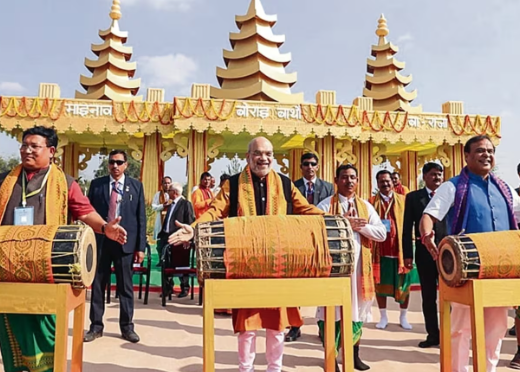
Evolution of India’s Internal Security Landscape:
Shah underscored the substantial changes witnessed in India’s internal security scenario over the past decade under Prime Minister Narendra Modi’s leadership. Highlighting a 73% decrease in incidents of violence in northeast, Jammu & Kashmir, and Naxal-affected areas, Shah expressed satisfaction with the positive trends. He acknowledged the transformative shift in Assam’s law and order situation, citing a reduction in the coverage of the Armed Forces (Special Powers) Act and the signing of peace agreements with armed terror groups.
Appreciation and Commendation:
Amit Shah commended the Assam Police and the state government for their decisive actions against drug trafficking. He also lauded the present government, led by Himanta Biswa Sarma, for delivering on its promise of creating 100,000 jobs as outlined in the Bharatiya Janata Party’s manifesto during the 2021 assembly polls.
A Symbolic Riverfront Inauguration:
Concluding his visit, Amit Shah inaugurated the riverfront beautification project along the Brahmaputra in Guwahati. This symbolic gesture adds an aesthetic dimension to the broader policy announcements, signifying a blend of strategic fortification and a commitment to regional development.
As India takes measured steps to redefine its border management strategies, the intricacies of these decisions will unfold against the backdrop of historical ties, security imperatives, and the delicate balance required for fostering regional harmony.
As India takes bold steps to redefine its approach to border security, it faces the challenge of striking the right balance between imperatives of fortification and the preservation of regional harmony. The evolving narrative should focus on proactive diplomacy, community engagement, and adaptive strategies that navigate the complexities of border management while fostering enduring ties between nations. The journey toward a secure Indo-Myanmar border is not just about physical barriers; it is about building bridges that connect communities and contribute to a harmonious and prosperous region.
For the latest updates-click here.


